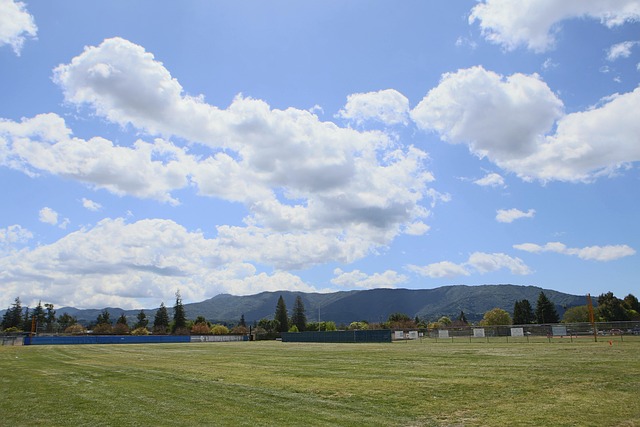Family-focused neighborhoods drive real estate values through key amenities like top schools, parks, and low crime rates, attracting parents seeking safe, kid-friendly environments. Schools act as catalysts for neighborhood growth by fostering community bonds and enhancing overall appeal. Developers play a crucial role in shaping these areas through inclusive design, strategic planning, and engagement with local residents, ensuring spaces cater to diverse family needs and contribute to well-being.
In today’s real estate landscape, family-focused neighborhoods are experiencing a renaissance. These communities, characterized by top-rated schools, safe streets, and vibrant communal spaces, not only cater to families’ needs but also significantly influence property values. This article delves into the multifaceted impact of family-oriented communities on real estate, exploring how schools act as catalysts for neighborhood dynamics and property desirability. Additionally, it offers developers strategies to create inclusive spaces that foster strong, desirable family neighborhoods.
Understanding the Impact of Family-Oriented Communities on Real Estate Value

Family-focused neighborhoods and schools significantly influence real estate values. When a community prioritizes families, it attracts parents looking for safe, kid-friendly environments, driving up demand for housing in those areas. This increased demand naturally leads to higher property values, as investors and homeowners recognize the stability and desirability these family-oriented communities offer.
Schools with strong academic reputations, parks, community centers catering to families, and low crime rates are key factors that contribute to this trend. Parents value these amenities, knowing they provide a supportive environment for their children’s growth and development. As a result, real estate in such locations becomes a sound investment, with properties retaining or even gaining value over time.
The Role of Schools in Shaping Neighborhood Dynamics and Property Desirability

Schools play a pivotal role in shaping neighborhood dynamics and real estate desirability. They act as a central hub that attracts families seeking quality education for their children, creating a positive feedback loop. A strong school system enhances the overall quality of life in a neighborhood, leading to increased property values and a sense of community among residents. Parents are more likely to invest in homes within walking distance of good schools, driving up demand and making these areas highly desirable in the real estate market.
Additionally, schools contribute to the social fabric of a neighborhood by fostering interconnections between families. They provide opportunities for community events, parent-teacher associations, and extracurricular activities that strengthen ties and create a supportive environment. This sense of belonging and shared purpose further enhances the appeal of family-focused neighborhoods, making them attractive not just for their educational advantages but also for the strong social connections they offer.
Creating Inclusive Spaces: Strategies for Developers to Foster Strong Family Neighborhoods

Creating inclusive spaces is paramount for real estate developers aiming to establish family-focused neighborhoods. This involves designing and developing properties that cater to diverse family needs, from playgrounds and community centers to well-lit paths and safe, open green spaces. Inclusive design ensures that families with different abilities, cultural backgrounds, and socio-economic statuses feel welcomed and valued, fostering a strong sense of community.
Developers can also foster strong family neighborhoods through strategic planning and collaboration. This includes engaging local residents in the development process, understanding their needs and priorities, and integrating feedback into design plans. By prioritizing family well-being and building vibrant communities, developers can create real estate that not only meets market demands but also enriches the lives of those who call these neighborhoods home.






